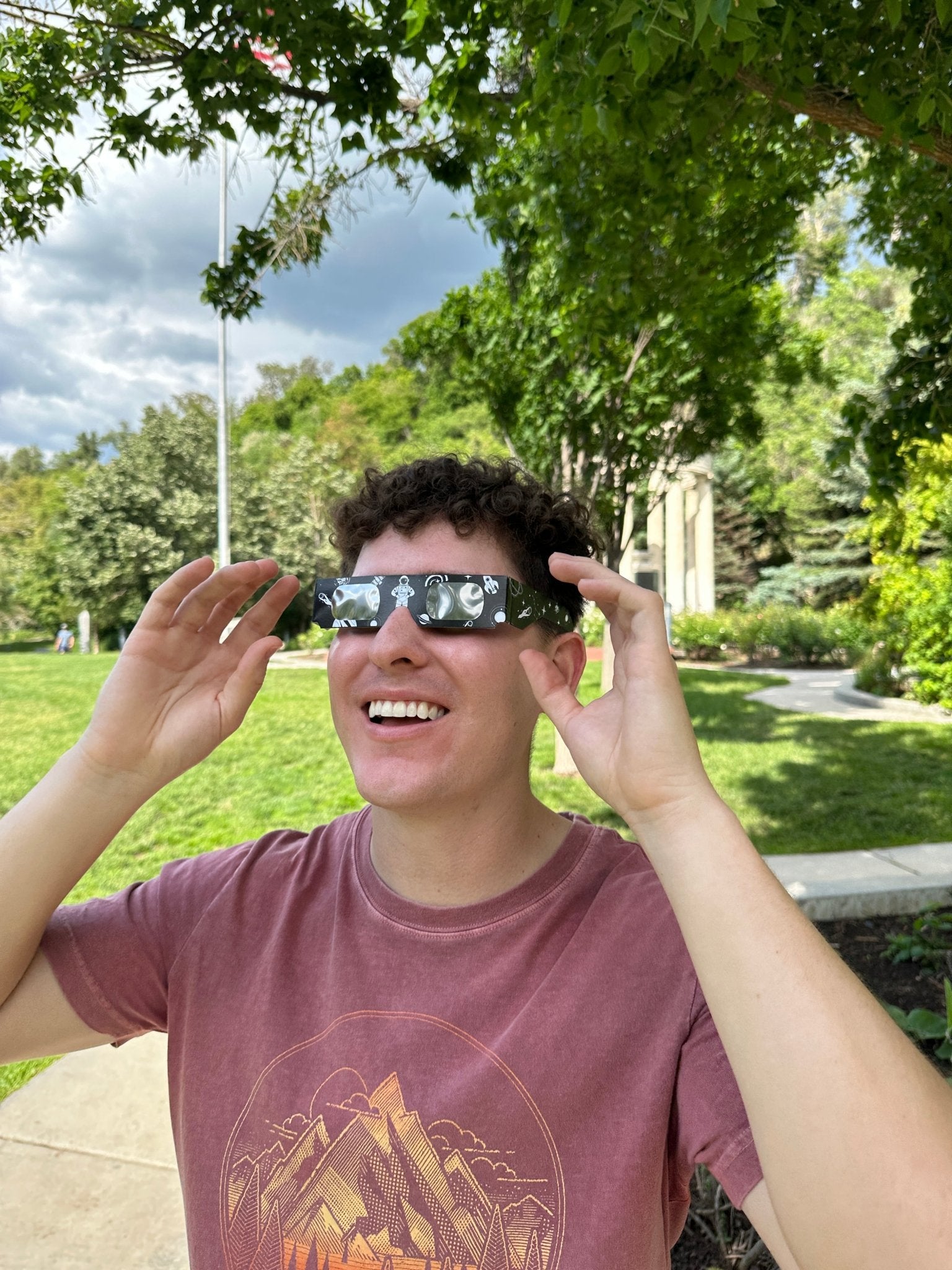Eclipse glasses have become a crucial tool for safely viewing solar eclipses, a celestial phenomenon that has fascinated humanity for centuries. These glasses are designed to protect eyes from the intense light of the sun, which can cause serious and irreversible eye damage if viewed directly. The effectiveness of eclipse glasses lies in their ability to filter out harmful rays while providing a clear view of the eclipse. This article delves into the scientific principles behind eclipse glasses, their safety standards, and their role in promoting public awareness about eye safety during solar eclipses.
The Science Behind Eclipse Glasses
Eclipse glasses are not ordinary sunglasses. They are made with a specialized solar filter that blocks out over 99.99% of sunlight and harmful solar radiation. This includes not only visible light but also ultraviolet (UV) and infrared (IR) radiation. The primary material used in these filters is a black polymer or a reflective mylar that is coated with a fine layer of aluminum. This creates a filter that reflects or absorbs the dangerous components of sunlight.
Safety Standards and Certification
The safety of eclipse glasses is a paramount concern. Authentic eclipse glasses must meet the international standard ISO 12312-2 for safe direct solar viewing. This standard ensures that the glasses have been tested and proven to block harmful UV and IR radiation and reduce visible sunlight to safe levels. Consumers are advised to buy eclipse glasses from reputable manufacturers and vendors who certify that their products meet these standards.
The Risk of Eye Damage
Viewing a solar eclipse without proper protection can lead to "solar retinopathy," a type of eye damage caused by intense light overwhelming the retina. This condition can result in temporary or even permanent vision impairment. Eclipse glasses prevent this risk by significantly reducing the amount of sunlight reaching the eyes, allowing viewers to experience the eclipse without endangering their vision.
Public Awareness and Education
Eclipse glasses have played a significant role in educating the public about the importance of eye safety during solar eclipses. Organizations like NASA, the American Astronomical Society, and various educational institutions have used the distribution of eclipse glasses as a tool to spread awareness. They provide instructions for safe usage and emphasize the dangers of viewing an eclipse without proper eye protection.
Limitations and Misconceptions
While highly effective, eclipse glasses do have limitations. They are intended for intermittent viewing rather than continuous observation of the sun. Furthermore, there are misconceptions about alternatives to eclipse glasses, such as using smoked glass, photographic negatives, or CDs/DVDs. These materials do not provide adequate protection against UV and IR radiation and can lead to serious eye damage.
Eclipse Glasses in Education
In the educational sphere, eclipse glasses have become a valuable tool for teaching students about astronomy, the science of light, and eye health. Schools often coordinate viewing events during solar eclipses, providing students with eclipse glasses and integrating the event into science curricula. This hands-on experience can spark interest in science and space among young learners.
Environmental Considerations
The production and disposal of eclipse glasses also raise environmental concerns. The materials used in these glasses are not typically biodegradable or recyclable. Manufacturers and consumers are encouraged to consider the environmental impact and explore sustainable options, such as reusable frames with replaceable filters.
Future Innovations
As technology advances, there is potential for innovation in the design and functionality of eclipse glasses. Potential improvements include enhanced comfort, better durability, and even smart features like augmented reality overlays that could provide educational content during an eclipse.
Conclusion
Eclipse glasses are an effective and essential tool for safely viewing solar eclipses. Their ability to filter out harmful solar radiation while allowing viewers to experience this natural wonder has made them invaluable. The widespread use of eclipse glasses has not only protected countless eyes from damage but also played a significant role in raising public awareness about eye safety during solar events. As we continue to witness and study these celestial occurrences, eclipse glasses will undoubtedly remain a key component in our safe observation and enjoyment of solar eclipses.

